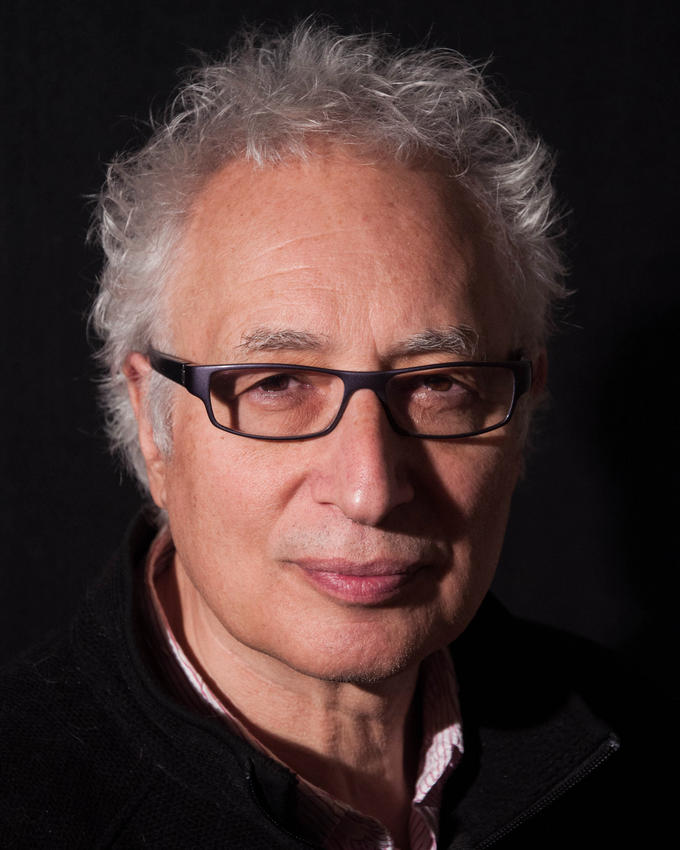
Early in his career, abstract artist Terry Winters began turning to books for inspiration, such as Pliny the Elder’s “Natural History,’’ which led Winters to make his own pigments. The New York artist has had exhibits in major museums around the world and now has his second at Boston’s Museum of Fine Arts. “Terry Winters: The Structure of Things,’’ an exhibit of 50 works on paper, is on view through June 17.
BOOKS: What are you reading?
WINTERS: I’m reading Teju Coles’s “Known and Strange Things,’’ which is fantastic. I’ve read some of these essays at different points, but there’s something about the cumulative power of them in a collection. I haven’t read his novels, but my wife is reading his “Every Day Is for the Thief.’’ My wife is my literary spirit guide.
BOOKS: Who are some of the authors she’s led you to?
WINTERS: W.G. Sebald. That was the big discovery, especially “A Place in the Country.’’ I’m also a big William Burroughs fan. I have a collection of his first editions. I have a lot of first editions because of my interest in book printing. I’ve made books with the writers Ben Marcus and Eliot Weinberger. I’m a big admirer of Weinberger’s essays.
BOOKS: Who are your favorite novelists?
WINTERS: I’m more geared toward nonfiction and essays. There’s this book called “Looking for Work’’ by Peter H. Stott, which documents the industrial landscape of Columbia County, N.Y. Those kinds of books, like “Weeds of the Northeast’’ by Richard H. Uva, Joseph C. Neal, and Joseph DiTomaso, these are the things I’ve been reading more than novels lately. I’ve been trying to understand landscape.
BOOKS: Do you read about art and artists?
WINTERS: A lot. I go on these enthusiasms. Last year I went on a big van Gogh kick and reread his letters. I have the six-volume, illustrated set published by Thames & Hudson. I’m still on my van Gogh thing. I also just got a book by Stefan Banz and Louis Eilshemius that was published last year about an obscure painter, Louis Michel Eilshemius. There was a small show of his work in New York last year, but I only now got this book. I guess I’m ready for it now because it is absolutely mesmerizing. He worked in the early part of the 20th century and was rediscovered by Marcel Duchamp. It’s a big book. You can’t read it in bed.
BOOKS: Do you, like many artists, have tons of books?
WINTERS: I have lots of books about architecture, science, and art. It’s part of the reason we had to move up to the country and build a house in Columbia County, so we could build more bookshelves. Just when you think you aren’t going to buy any more books, you do.
BOOKS: Have you known artists who didn’t have lots of books?
WINTERS: No. I wouldn’t want to know them.
BOOKS: Have you always bought a lot of books?
WINTERS: I grew up in New York. When I was in high school there were these used-book stores on 4th Avenue where you could buy all these cheap books. I became addicted to it. That’s what I did after I got out of school most days. I bought lots of discarded, illustrated books that were quasi-scientific or natural history studies. They were remarkably printed and often in languages I couldn’t read, but it was the quality of them as objects that got me. I was this kid in his room looking at obscure books and listening to Southern black blues. My parents were totally mystified.
BOOKS: Were there many books in your house growing up?
WINTERS: No. My mother was a big reader, but she didn’t relate to books as objects. She went to the library. We did have one book about Abraham Lincoln that had Rockwell Kent illustrations that just mesmerized me. There’s this sense of otherness, of looking at an imaginary picture world that books can really deliver on.
AMY SUTHERLAND
Follow us on Facebook or @GlobeBiblio on Twitter.



